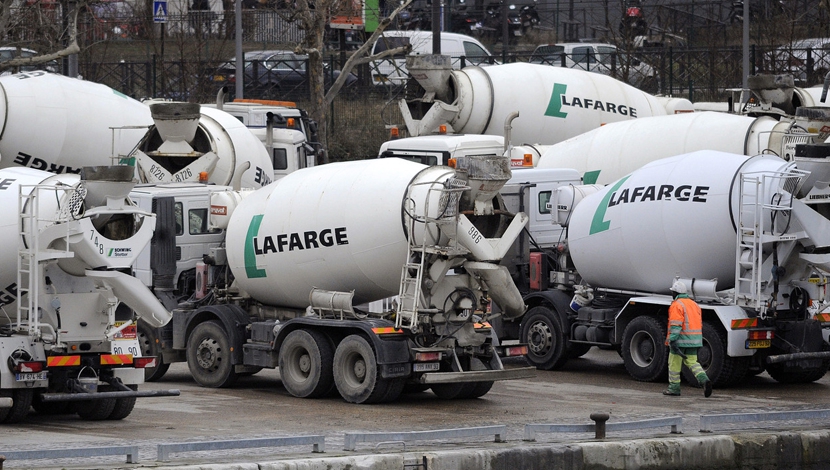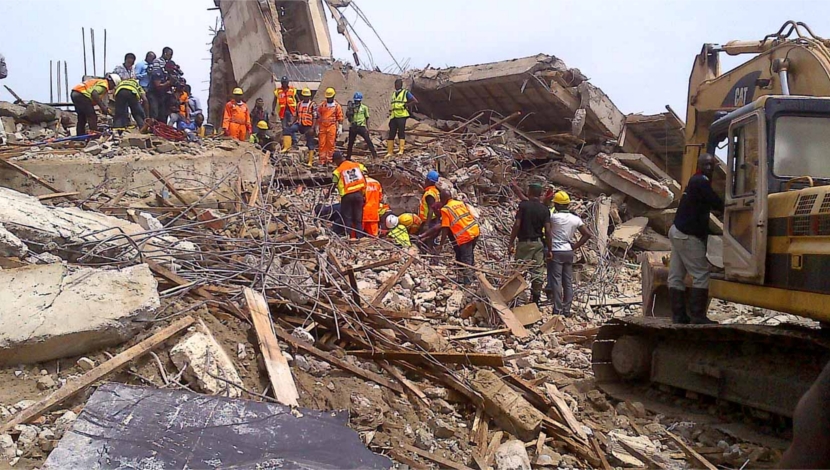
![Lafarge - [http://si.wsj.net/public/resources/images/BN-HN116_holcim_M_20150320070513.jpg]](https://concretetrends.dmgeventslive.com/wp-content/uploads/2016/10/2406342f25e0cbfa675f827afb56c787.jpg)
In a country where relations between manufacturing concerns and the communities in which they operate are often tense, Lafarge Africa Plc has sought to ensure that its host communities benefit from its presence.
The company has relocated two communities which had been adversely affected by its industrial activities to a new estate. Built at an estimated cost of N750 million, the estate comprises 21 units equipped with modern amenities.
Lafarge has been unusually assiduous in the comprehensiveness and depth of its social intervention programmes in the countries where its operations are located. In Nigeria, the company spent N200+ million on community schemes in 2014.
Focusing on health and safety, youth empowerment, shelter and education, the company’s corporate social responsibility (CSR) activities include apprenticeship and mentoring programmes aimed at enhancing the skills and earning power of artisans and women, as well as regular donations of working tools, food items and household equipment.
It has undertaken a N200 million road reconstruction project in Ogun State and has built boreholes, repaired transformers and rehabilitated schools and roads in Cross River. The company is also underwriting the Lafarge Africa National Literacy Competition.
Lafarge must build upon its already-impressive CSR portfolio by doing more to ameliorate the air-pollution concerns that have characterised its manufacturing activities.
Cement factories discharge sulphur dioxide and nitrogen oxides, as well as cement dust which settle on surrounding neighbourhoods and health implications can be severe.
These problems can be ameliorated through the development of emission-absorbing and smart concrete, reformulating manufacturing processes to absorb carbon dioxide, replacing materials like clinker with others which have lower energy requirements, and concrete recycling.
Lafarge should also look into the possibility of expanding its medical interventions and funding treatment of those who suffer from ailments related to cement manufacturing, and sponsoring research into ways of reducing it to the barest minimum.





